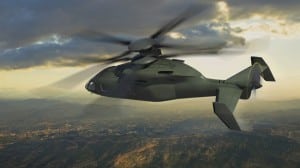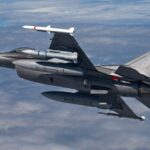
All the traditional helicopters that the military will field are either already in service or under development and any future work will feed directly into the multi-service Future Vertical Lift (FVL) effort, according to Jose Gonzales, acting deputy assistant secretary of defense for tactical warfare systems.There are a handful of helicopter development efforts underway already. The Air Force is leading the program to build a combat search-and-rescue (CSAR) helicopter. The Navy has taken point on buying a new Presidential Helicopter…

 By
By 











